Advancements in Pharmaceutical Research
The Sialorrhea Market is significantly influenced by advancements in pharmaceutical research, which are leading to the development of novel therapeutic agents. Recent studies indicate that new medications targeting sialorrhea are being formulated, enhancing treatment efficacy and patient compliance. The introduction of botulinum toxin injections and anticholinergic drugs has shown promising results in clinical trials, potentially increasing their adoption in clinical practice. As these innovative therapies gain regulatory approval, the Sialorrhea Market is poised for substantial growth, driven by the need for effective management options for patients suffering from excessive salivation.
Increased Focus on Patient-Centric Care
The Sialorrhea Market is evolving with a heightened focus on patient-centric care, emphasizing the importance of individualized treatment plans. Healthcare providers are increasingly recognizing the need to tailor therapies to meet the specific needs of patients suffering from sialorrhea. This approach not only improves patient satisfaction but also enhances treatment outcomes. As a result, the Sialorrhea Market is likely to see a rise in demand for personalized therapies, which may include a combination of pharmacological and non-pharmacological interventions, thereby fostering a more holistic approach to managing excessive salivation.
Rising Prevalence of Neurological Disorders
The Sialorrhea Market is experiencing growth due to the increasing prevalence of neurological disorders such as Parkinson's disease and multiple sclerosis. These conditions often lead to excessive salivation, necessitating effective management strategies. According to recent data, approximately 1 in 100 individuals are affected by Parkinson's disease, which correlates with a heightened demand for sialorrhea treatments. As the population ages, the incidence of these disorders is likely to rise, further propelling the need for innovative solutions within the Sialorrhea Market. This trend suggests a sustained market expansion as healthcare providers seek to address the challenges posed by these debilitating conditions.
Regulatory Support for Innovative Treatments
The Sialorrhea Market benefits from regulatory support aimed at facilitating the development and approval of innovative treatments. Regulatory agencies are increasingly prioritizing the review of new therapies that address unmet medical needs, particularly in the realm of sialorrhea management. This supportive environment encourages pharmaceutical companies to invest in research and development, leading to a pipeline of new products designed to alleviate excessive salivation. As these treatments receive approval, the Sialorrhea Market is expected to experience accelerated growth, driven by the introduction of effective and safe therapeutic options.
Growing Demand for Non-Invasive Treatment Options
The Sialorrhea Market is witnessing a shift towards non-invasive treatment options, reflecting patient preferences for less invasive procedures. Non-invasive therapies, such as oral medications and topical applications, are gaining traction as they offer convenience and reduced recovery times. Market analysis suggests that the demand for these alternatives is increasing, particularly among patients who are hesitant to undergo surgical interventions. This trend indicates a potential for market expansion as healthcare providers adapt to patient needs and preferences, thereby enhancing the overall treatment landscape within the Sialorrhea Market.


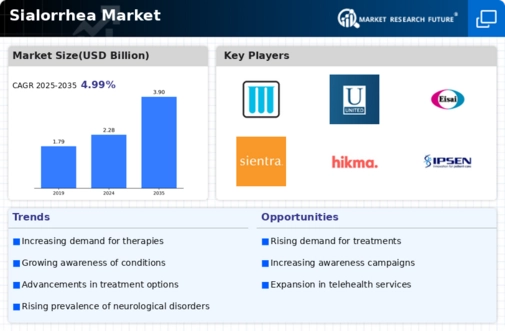
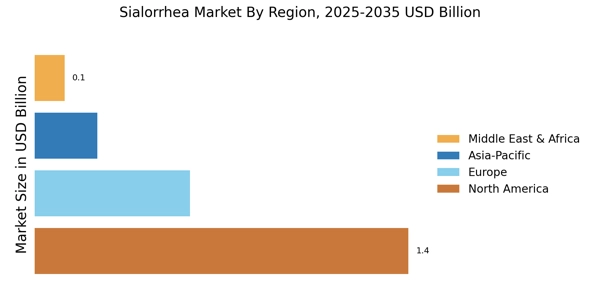
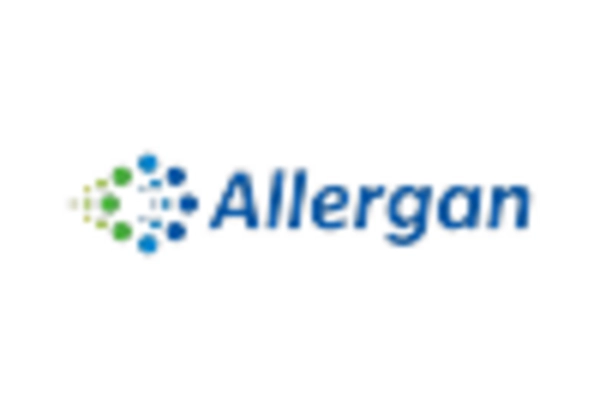
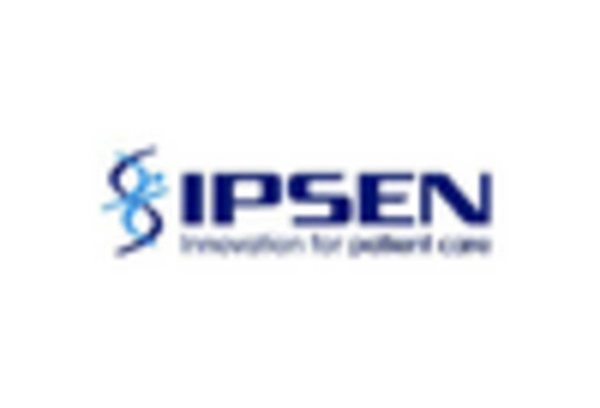
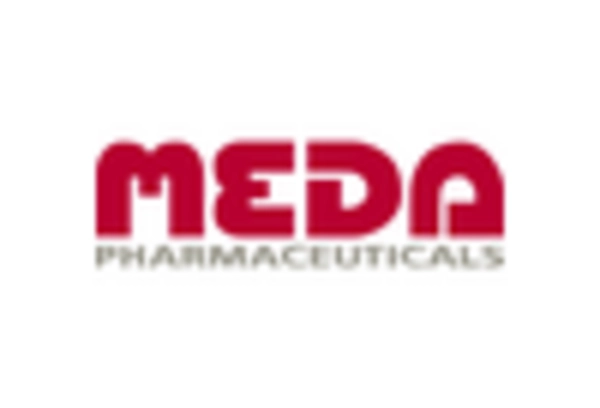
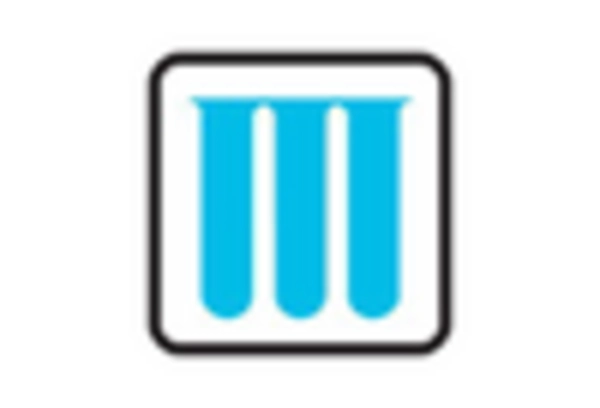
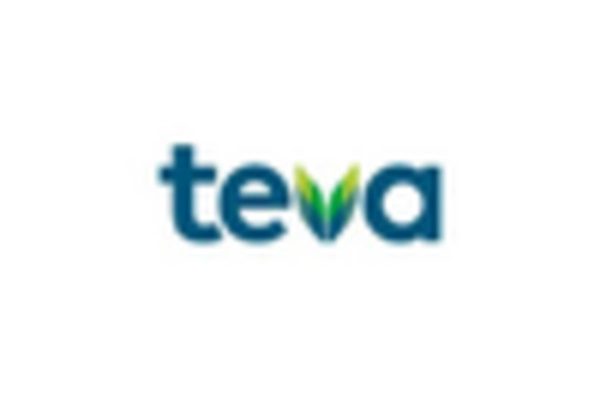
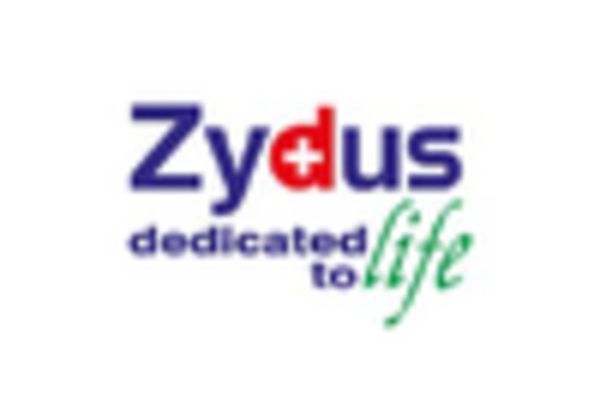








Leave a Comment